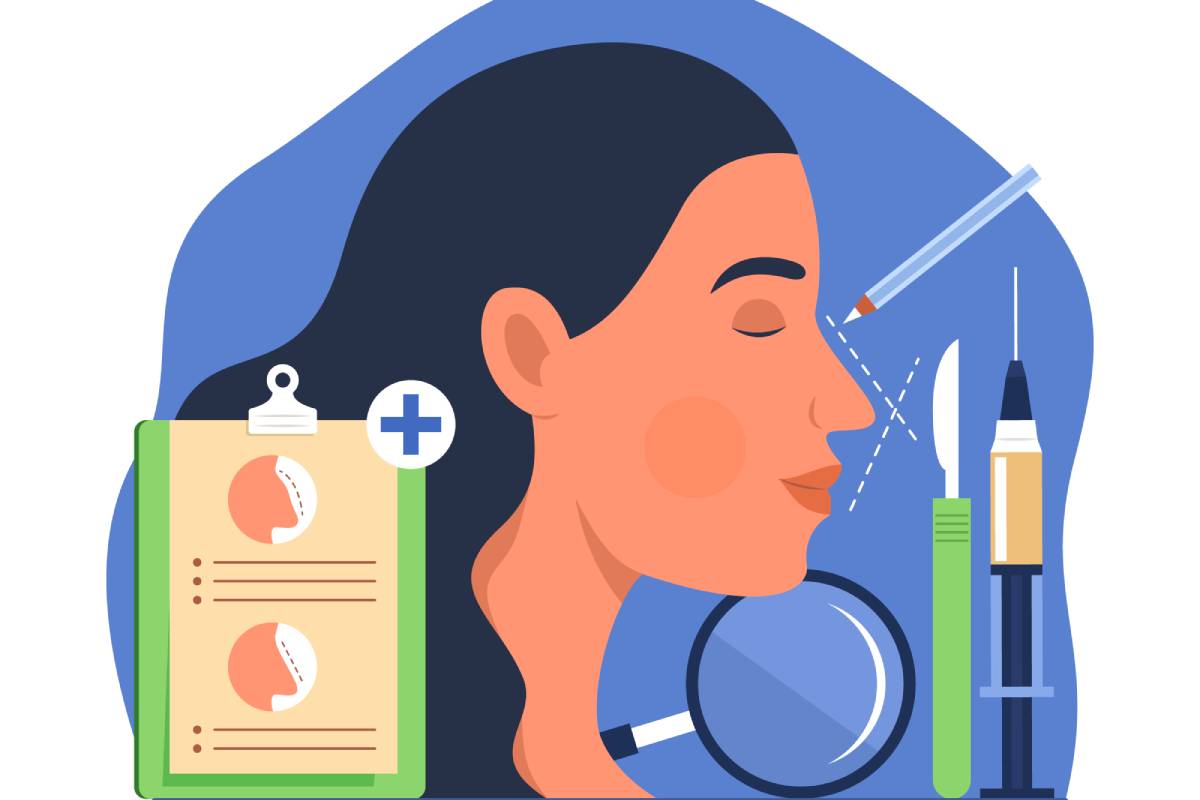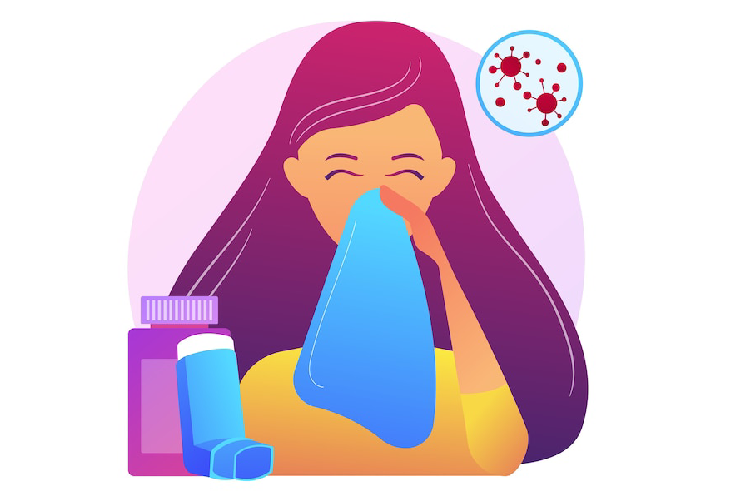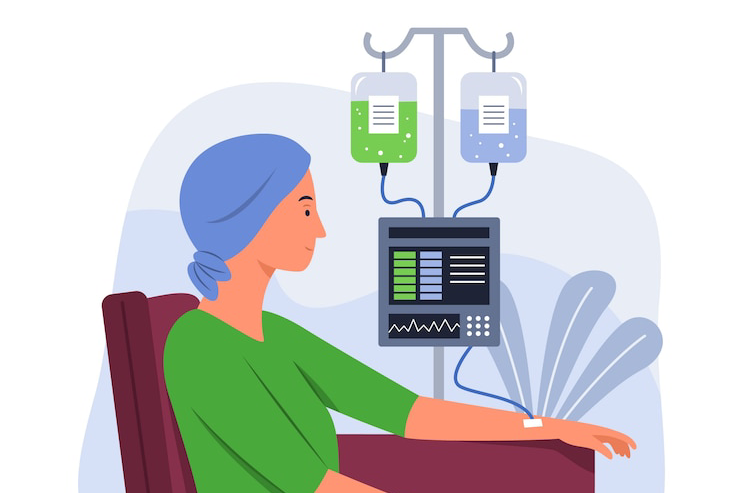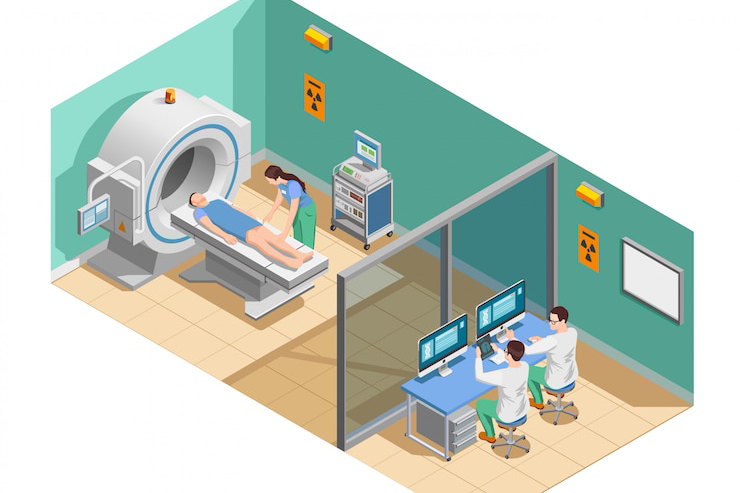
Plastic Surgery and Warts: Effective Treatments for Skin Perfection
Introduction
Warts are benign growths on the skin caused by the human papillomavirus (HPV). While they are usually harmless, warts can be unsightly and may cause discomfort, leading many individuals to seek treatment. Plastic surgery offers various effective options for wart removal, providing a pathway to improved skin appearance and confidence. This blog will explore the relationship between plastic surgery and wart treatment, detailing effective methods and aftercare for achieving skin perfection.
Understanding Warts
Warts can appear anywhere on the body, but they are most commonly found on the hands, feet, and face. They come in several types, including:
- Rough, raised bumps typically found on fingers or hands.
- Plantar Warts: Found on the soles of the feet, these can be painful due to their location.
- Flat Warts: Smaller, smoother warts that can occur in clusters, often on the face and legs.
- Genital Warts: A sexually transmitted form caused by specific strains of HPV.
Although warts are generally harmless, they can spread through skin-to-skin contact and may persist for years if left untreated.
Treatment Options for Warts
Topical Treatments
Over-the-counter treatments containing salicylic acid can help dissolve warts over time. These treatments are often effective for smaller warts but may take several weeks to show results.
Cryotherapy
Cryotherapy involves freezing the wart with liquid nitrogen. This method causes the wart to fall off after a few days. Cryotherapy is commonly performed in a dermatologist’s office and is effective for various types of warts.
3. Electrosurgery
This technique uses high-frequency electrical currents to burn off the wart. Electrosurgery is typically used for larger or more stubborn warts and can be performed under local anesthesia.
4. Laser Treatment
Laser therapy targets and destroys wart tissue with focused light beams. This method is effective for warts that do not respond to other treatments and can be particularly useful for warts on delicate areas, such as the face.
5. Plastic Surgery Techniques
For individuals seeking a more comprehensive approach to wart removal, plastic surgery may be an option. Surgical excision involves removing the wart along with a margin of surrounding skin. This method is often used for larger warts or when cosmetic results are a primary concern. Plastic surgeons can ensure minimal scarring and optimal aesthetic outcomes.
The Role of Plastic Surgery in Wart Treatment
Plastic surgeons specialize in improving appearance and can provide advanced techniques for wart removal that prioritize both function and aesthetics. When considering plastic surgery for wart removal, here are some key benefits:
- Precision: Plastic surgeons have the expertise to remove warts with minimal impact on surrounding skin.
- Customized Care: Each patient’s needs are different. A plastic surgeon can tailor the treatment plan to achieve the best possible results.
- Minimized Scarring: Advanced surgical techniques can help ensure that any scarring from the procedure is minimal and blends well with surrounding skin.
Aftercare and Recovery
After wart removal, proper aftercare is essential for optimal healing and minimizing complications. Here are some tips for aftercare:
- Keep the Area Clean: Gently wash the affected area with mild soap and water to prevent infection.
- Avoid Picking: Resist the urge to pick at the healing area, as this can lead to scarring and infection.
- Moisturize: Apply a non-irritating moisturizer to keep the skin hydrated.
- Follow Up: Attend any follow-up appointments with your healthcare provider to ensure proper healing and address any concerns.
Preventing Warts
While warts are not always preventable, you can take steps to reduce your risk:
- Avoid Direct Contact: Do not share personal items such as towels or razors.
- Practice Good Hygiene: Wash your hands regularly and keep your skin clean and dry.
- Wear Footwear: Protect your feet in communal showers and pools to prevent plantar warts.
- Strengthen Your Immune System: A healthy lifestyle, including a balanced diet and regular exercise, can help your body fight off infections, including HPV.
Conclusion
Warts may be common, but they don't have to be a permanent part of your skin. With various effective treatment options available, including plastic surgery techniques, achieving skin perfection is within reach. If you're struggling with warts and seeking a solution, consult a qualified healthcare professional or plastic surgeon to discuss the best treatment plan for your needs. Remember, healthy skin contributes to overall confidence and well-being!



